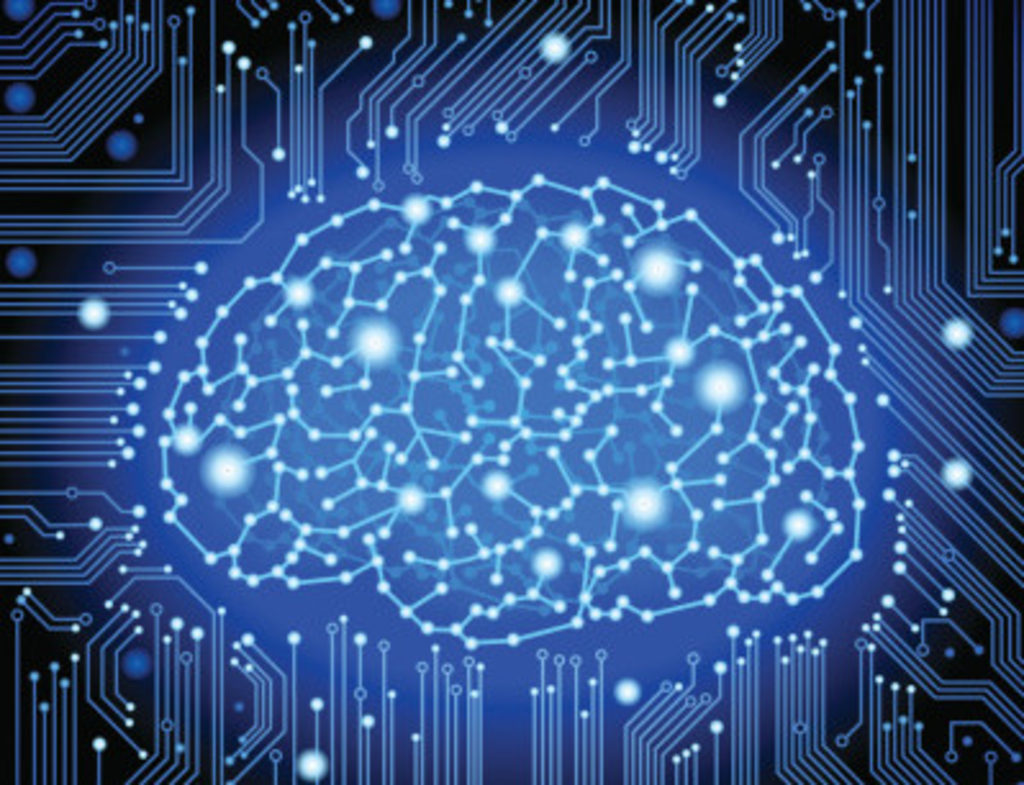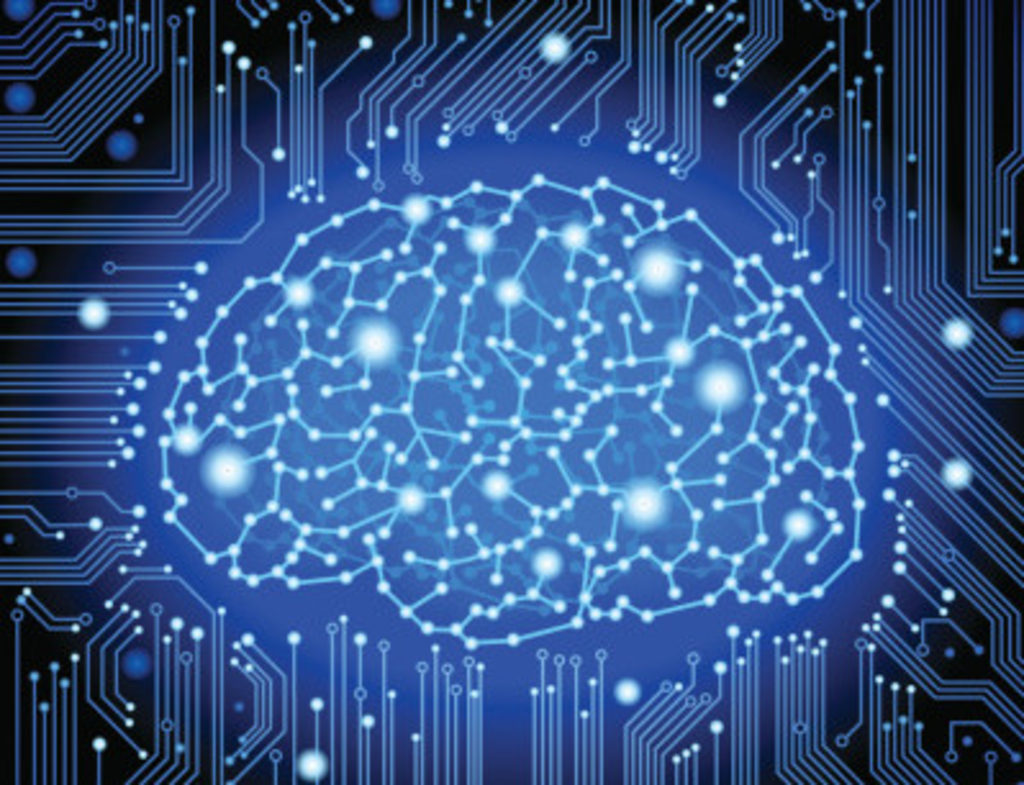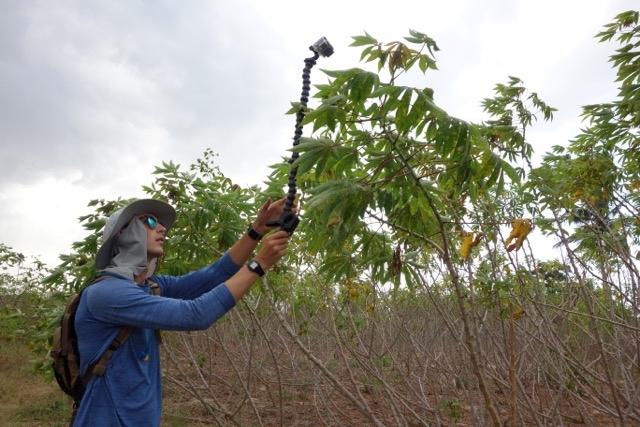
Researchers at Uppsala University have used computer modelling to study how brain tumours arise. The study, which is published in the journal EBioMedicine, illustrated how researchers in the future will be able to use large-scale data to find new disease mechanisms and identify new treatment targets.
The last ten years’ progress in molecular biology has drastically changed how cancer researchers work. Instead of almost exclusively using different biological models, like cells, today large-scale statistical analyses are increasingly used to understand tumour diseases and find new therapies.
Researchers at Uppsala University, together with colleagues at the University of Gothenburg, Chalmers University of Technology and University of Freiburg, have developed a new algorithm, aSICS, that uses large amounts of data to suggest hypotheses about “what causes what” in a cancer cell.
In the study published today the researchers used aSICS to interpret data from brain tumours and they could identify a new mechanism behind mesenchymal glioblastoma, an extra aggressive brain tumour type.
‘According to the computer model, mesenchymal glioblastoma is partly caused by alterations in a gene called Annexin A2. To validate the relevance of this prediction we examined samples from patients and could show that mesenchymal glioblastoma have an increased activity of Annexin A2. Subsequently, we tested to inhibit the expression of Annexin A2 in cancer cells from patients and found that the cancer cells either died or changed to a less aggressive form, says Sven Nelander at the Department of Immunology, Genetics and Pathology at Uppsala University,’ who has led the study together with a colleague in Freiburg.
The results show that data analyses can be used to predict which genes or proteins influence the development of a tumour, and then confirm the prediction with experiments in the lab. The aSICS method has also been tested on other kinds of cancer, with promising results, although further studies are needed to fine-tune the settings.
Story Source:
The above post is reprinted from materials provided by Uppsala Universitet. Note: Content may be edited for style and length.
Journal Reference:
Teresia Kling, Roberto Ferrarese, Darren Ó hAilín, Patrik Johansson, Dieter Henrik Heiland, Fangping Dai, Ioannis Vasilikos, Astrid Weyerbrock, Rebecka Jörnsten, Maria Stella Carro, Sven Nelander. Integrative Modeling Reveals Annexin A2-mediated Epigenetic Control of Mesenchymal Glioblastoma. EBioMedicine, 2016; DOI: 10.1016/j.ebiom.2016.08.050
The post Artificial intelligence reveals mechanism behind brain tumor appeared first on Scienmag.





